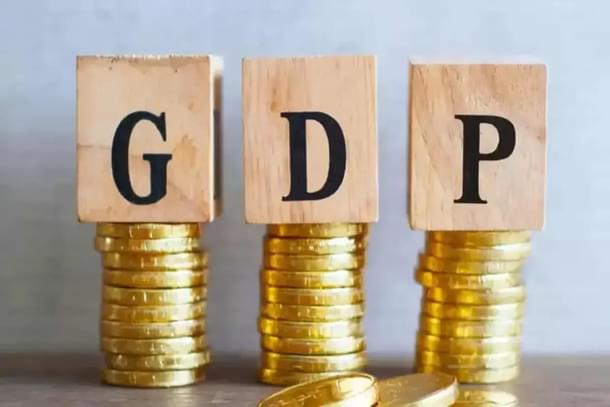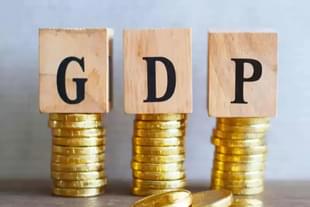News Brief
Indian Economy Expected To Grow 7.3 Per Cent In FY24: Govt's First Advance Estimates
Kuldeep Negi
Jan 06, 2024, 10:58 AM | Updated 10:58 AM IST
Save & read from anywhere!
Bookmark stories for easy access on any device or the Swarajya app.


The Indian economy is expected to grow 7.3 per cent on an annual basis in the current financial year, according to the first advance estimate released by the National Statistical Office on Friday (5 January). This is a slight increase from the 7.2 per cent growth observed in FY23.
In nominal terms, the economy is projected to expand by 8.9 per cent in the financial year 2023-24, a decrease from the 16.1 per cent growth recorded in the last fiscal.
The government predicts a 6.9 per cent year-on-year growth in the Gross Value Added (GVA) for FY24, slightly lower than the 7 per cent achieved in FY23.
The government anticipates a growth of 6.5 per cent in the manufacturing industry for the fiscal year 2024, a significant increase from the 1.3 per cent recorded in the fiscal year 2023.
On the other hand, the sectors of agriculture, livestock, forestry, and fishing are expected to grow at a slower pace of 1.8 per cent in the fiscal year 2024, a decrease from the 4 per cent growth seen in the fiscal year 2023.
The mining and quarrying industry, which experienced a growth of 4.6 per cent in FY23, is projected to see an increase of 8.1 per cent in FY24.
Meanwhile, the trade, hotels, transport, communication and services related to broadcasting is expected to grow at a rate of 6.3 per cent in FY24, a decrease from the 14 per cent growth seen in FY23.
Analysts and experts had anticipated a projected figure of around 7 per cent, which is higher than the previous government prediction, due to the Reserve Bank of India's (RBI) reassessment of its GDP estimate, Economic Times reported.
In December, the RBI elevated its growth forecast for FY24 to 7 per cent from an initial 6.5 per cent, attributing this to the strong growth in high-frequency indicators.
Another significant factor is the surprising GDP number for the September quarter. The Indian economy grew faster than expected 7.6 per cent year-on-year in the September quarter, after growing 7.8 per cent in the previous quarter, prompting many private economists to upwardly revise their yearly estimates.
The first advance estimate of GDP is calculated using the benchmark indicator method and is typically released by the government in January.
This method involves using provisional data from high-frequency indicators and comparing it to the previous year's figures to assess the performance of these indicators in the initial two or three quarters of the fiscal year.
The calculation depends on a variety of provisional numbers, including consumer inflation, the index of industrial production (IIP), revised fiscal numbers, and the financial results of publicly traded companies, among others.
Kuldeep is Senior Editor (Newsroom) at Swarajya. He tweets at @kaydnegi.





